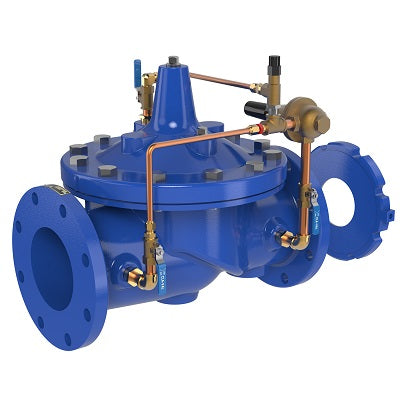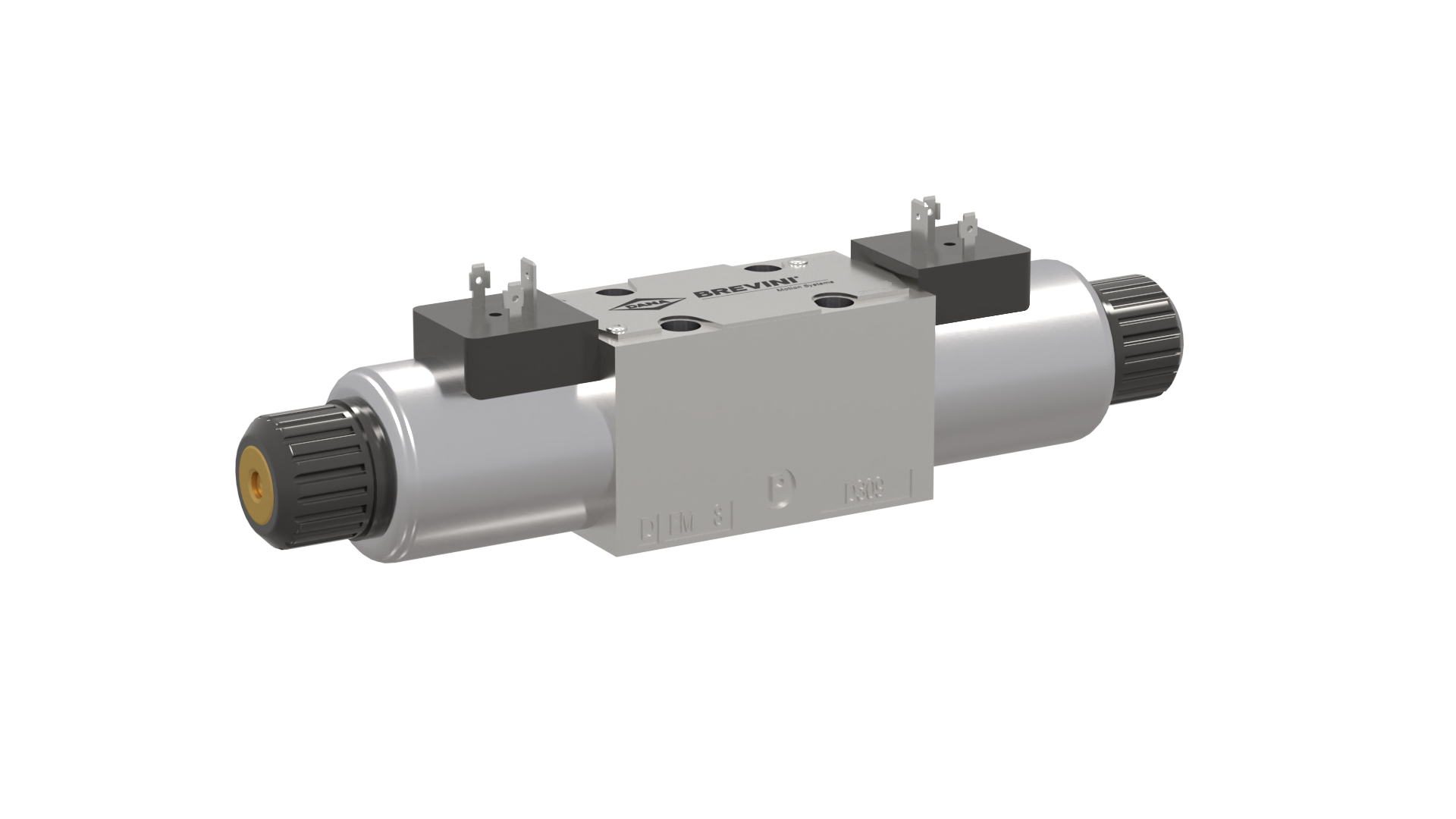Achieve Seamless Assimilation and Control With High Quality Structure Automation Controls
In the world of modern-day building monitoring, the importance of high quality structure automation controls can not be overstated. As innovation continues to breakthrough, the integration and control of various systems within a building have progressed to be much more innovative and efficient. The smooth procedure and tracking of lights, A/C, security, and other structure features have ended up being critical for improving passenger convenience, energy performance, and overall functional efficiency. Nevertheless, the trip in the direction of accomplishing real assimilation and control is a complex one, with considerations ranging from system compatibility to cybersecurity. Embracing top quality building automation controls is not just a matter of convenience yet a strategic imperative for organizations intending to optimize their centers' performance and sustainability.

Development of Building Automation Controls
Throughout the previous few decades, the development of developing automation controls has actually substantially changed the method buildings are managed and run. Initially, building automation systems primarily concentrated on basic functions such as managing ventilation, home heating, and air conditioning (COOLING AND HEATING) systems. Nevertheless, as technology progressed, these controls have become a lot more innovative, allowing for a broader series of building systems to be incorporated and managed centrally.
The advancement of building automation controls has seen a shift towards even more smart systems that can adjust to altering problems in real-time. This versatility is essential for maximizing energy efficiency and making sure occupant comfort. Additionally, modern structure automation controls currently provide functions such as predictive upkeep, remote surveillance, and information analytics, enabling center managers to make data-driven decisions to boost structure efficiency.

Advantages of Top Quality Integration
The innovation in building automation manages towards even more intelligent systems has actually underscored the substantial benefits of high quality assimilation in maximizing building operations and improving overall efficiency. Quality assimilation of developing automation controls provides a number of crucial benefits. First of all, it leads to boosted power performance by allowing various systems to collaborate flawlessly, guaranteeing optimal efficiency and decreasing energy wastefulness. High quality integration improves passenger convenience and efficiency by making it possible for individualized control over environmental setups like air, illumination, and temperature level high quality. This customization can bring about an extra comfortable and conducive working or living setting. In addition, quality assimilation streamlines upkeep and fixing processes, as all systems are interconnected and can be kept track of and regulated from a central interface. This centralized control also gives far better visibility and insights right into structure performance, enabling positive maintenance and optimization strategies. Generally, the advantages of quality integration in building automation controls useful site are obvious, providing enhanced effectiveness, comfort, and operational effectiveness.
Enhanced Individual Experience and Accessibility
Enhancing user communication with structure automation regulates through user-friendly style and improved availability raises the general experience for residents and facility managers alike. By concentrating on user experience, building automation systems can become more effective and user-friendly. Intuitive interfaces, clear navigating, and adjustable setups encourage customers to communicate with the controls quickly and properly.
Access features play a critical duty in making sure that all individuals, consisting of those with impairments, can utilize the building automation regulates easily. Incorporating attributes such as voice commands, tactile switches, and color-contrasted screens can enhance accessibility and next make the controls extra comprehensive.
Furthermore, improved customer experience causes greater customer satisfaction, raised efficiency, and far better decision-making. Passengers can adjust ecological settings according to their preferences, while center managers can successfully keep an eye on and manage structure systems - control valves. Generally, focusing on individual experience and accessibility in building automation manages adds to a more effective and seamless structure atmosphere for all stakeholders entailed
Sustainable Practices Via Automation

In addition, automation can help with the combination of sustainable power resources such as solar panels or wind generators right into structure operations. Via automation, structures can align with modern sustainability goals and add to a greener future.
Future Trends in Building Control Systems
In anticipation of advancing technologies and evolving sustainability techniques, the trajectory of structure control systems is positioned to embrace transformative techniques and ingenious services. One popular pattern shaping the future of building control systems is the increased assimilation of Expert system (AI) and device knowing. These technologies make it possible for structures to adapt in real-time go to my blog to changing problems, optimizing power intake and improving comfort for owners. In addition, the Web of Things (IoT) is changing building control systems by attaching gadgets and sensors to simplify procedures and improve effectiveness.
One more crucial pattern is the focus on cybersecurity actions to shield against prospective threats to developing automation systems. As structures become much more interconnected, making certain robust cybersecurity procedures will certainly be vital to guard sensitive data and protect against unapproved access.
Additionally, the shift in the direction of cloud-based platforms is getting momentum, enabling centralized control and remote access to building systems. This promotes less complicated monitoring, maintenance, and updates, improving the total efficiency and flexibility of building control systems. As innovation proceeds to development, these patterns are anticipated to form the future landscape of structure automation controls, driving technology and sustainability in the built environment.
Conclusion
To conclude, developing automation controls have progressed dramatically, supplying countless benefits such as enhanced customer experience, accessibility, and sustainable practices. Quality integration plays a key role in achieving seamless control and efficient operation of structure systems. Future fads in structure control systems are likely to concentrate on more boosting automation capacities for improved power efficiency and general efficiency. It is essential for building owners and drivers to focus on the adoption of quality building automation controls to maximize building procedures and accomplish long-lasting sustainability goals.
In the realm of modern structure administration, the significance of top quality building automation controls can not be overstated. On the whole, the development of building automation regulates continues to drive technology in the building monitoring market, supplying new opportunities for producing smarter and more lasting structures.
The improvement in building automation regulates towards even more smart systems has underscored the substantial advantages of quality combination in maximizing building procedures and boosting general performance. In general, focusing on customer experience and ease of access in structure automation controls contributes to a more efficient and smooth structure environment for all stakeholders included.
It is essential for building proprietors and drivers to prioritize the adoption of high quality structure automation controls to optimize building procedures and attain long-term sustainability goals. - control valves